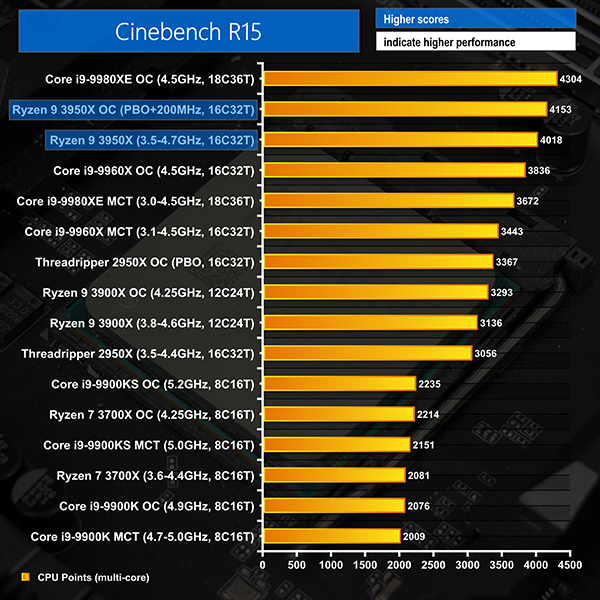

And yes, I chucked electricity quite happily at it for many years to get to that point. The last time I used it, it would crash at 1.2v at stock and would need 1.55v for 4.4 GHz, and it would still crash. When it was new it would run stock at below one volt and would bench at 4.8 GHz around 1.375v. AMD Ryzen 3 5300G - Geekbench 5, Cinebench R20, Cinebench R15 and FP32 iGPU (GFLOPS). I've done that folly to my Core i7-990X back in the day, I learned this the hard way. Vdrop mechanics are intended precisely to counter that as load (and current strain) increases, LLC may help stabilize a processor but it should never be used at aggressive settings because it's just as violent as putting say, 1.6 volts onto the processor to begin with, if not worse. The mechanics behind it are known as Black's equation, and in essence, the longer the processor is exposed to a high current at warmer temperatures, the quicker it will deteriorate. Voltage is not everything, LLC violates the specification for load-line and increases transient current, which is what causes electromigration to begin with. Well I got news for you: running those giga high frequencies isn't gonna make your processor better than a Ryzen at multithreaded benchmarks.

Let's be frank: Frequencies in excess of 5 GHz are simply not needed on a Comet Lake processor, even if I understand it's a point of pride for certain Core i9 users. You're not going to have a massive general performance or game frame rate loss by shaving 200-300 MHz out of that processor, in fact, I doubt you'd be able to tell most of the time, yet it will be much nicer to the silicon, closer to the spec and significantly easier to stabilize. The wisest course of action is to simply dial back the clocks and voltage a little bit, and enjoy the processor for what it is. Lowering the voltage will not help, increasing it will mitigate until the CPU gets further damaged - it's a snowball. If you don't care about it, by all means, go hamĬPU has been running for months with a high LLC setting, its fair to assume that it has been degraded to some extent, unless exceptional cooling has been used and the processor kept at a very low temperature. Everything that your CPU can do at 5.1, it will do at 4.8-4.9 without crashing and without throwing more volts at it than you'd ideally like to. The 10th gen CPUs are "obsolete" if you're after high benchmark scores, pushing it not only isn't going to change that, but it's unwise related to how much work you will have to put in to get it stable in the long term and also for the reliability and longevity of the hardware. it's just not worth it pushing your machine so far, the benefits in real-world workloads are very limited in comparison, besides, your processor is not new. Then you factor in any AVX offsets further messing with voltages, etc. Cinebench shows this by freezing the whole thing, Prime95 would throw rounding errors a plenty, etc.

You have load-line calibration enabled and at a very high setting, from the symptoms you describe your processor is crashing during the transition period from high load to low load because of overshoot.


 0 kommentar(er)
0 kommentar(er)
